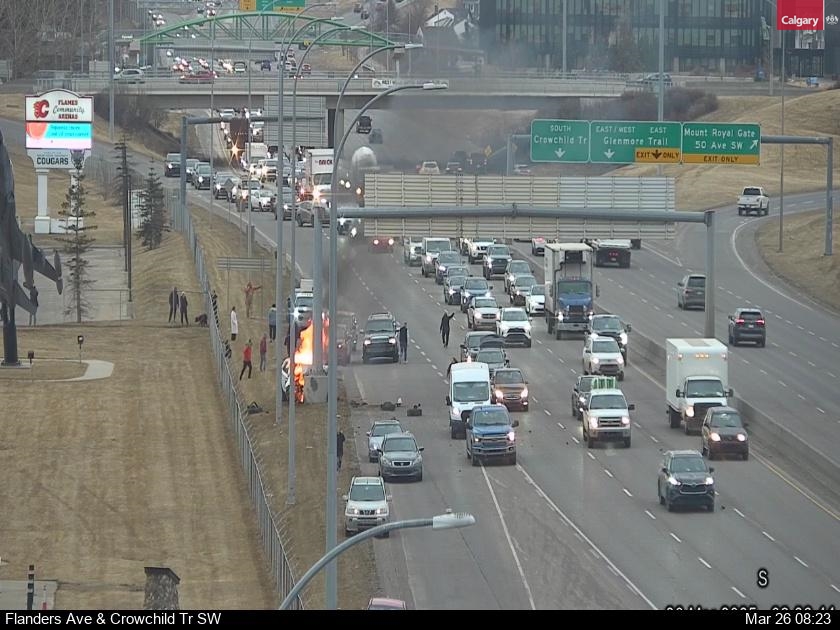Canada sees largest divide between highest and lowest wage earners: StatsCan

Posted Oct 12, 2024 11:27 am.
Last Updated Oct 12, 2024 12:18 pm.
The income divide between Canada’s highest and lowest earners is the farthest it’s ever been, with numbers in Alberta even more stark, according to Statistics Canada’s (StatsCan) latest report.
Amanda Sinclair, the assistant director for the national economic accounts at Statistics Canada, says the new data for the second quarter of 2024 notes the highest earners are taking a greater share of the income earned.
That divide is the largest ever recorded since the data was collected back in 1999.
“For the top 40 per cent of income earners in Canada, they hold 65 per cent of all income in Canada. When you compare that to the bottom 40 per cent of households in Canada, they only hold 18 per cent,” Sinclair told CityNews.
In Alberta, the province’s highest earners make up even more of a share of the income made.
“The top 40 per cent of income earners hold 75 per cent of the income whereas the bottom 40 per cent only take 11 per cent of the income,” she said.
StatsCan says the divide is fueled by rising interest rates helping the rich become even richer from earnings made off investments, while lower earners are saddled with higher borrowing costs, putting them more in the hole.
Watch: Quality of life in Calgary on a decline: report

For organizations that help Calgary’s most vulnerable, food insecurity has been a growing issue, along with housing affordability.
More than a quarter of respondents to the Calgary Foundation’s 2024 Quality of Life Report state they can’t afford healthy food. At least 21 per cent of people say they used community-based food services like food banks.
“Before COVID, if you had told most of our team that seniors and food insecurity was an issue, we probably wouldn’t have believed you, but since COVID we’ve seen an increase every year,” said Larry Mathieson, the president and CEO of Unison.
Lana Bentley, the executive director of the Women’s Centre of Calgary, says just under 10,000 different women were served in 2023, and around half expressed challenges with housing.
“About 50 per cent of those women who came through the centre when we asked them about the different challenges they were facing, they expressed having at least one or more housing issues, including eviction, needing to use emergency shelter, sleeping rough or having unaffordable increases to rent,” she said.
Organizations like Meals on Wheels say it’s not only serving more clientele now, but they are also seeing a growing number of people with jobs who aren’t able to get by.
“The increased demand is significant. Looking at our data, we know that this is the third year in a row that we are providing more than a million meals,” Esther Elder, the CEO of Meals on Wheels.
“Sadly, we are at the end of the third quarter and we already reached that milestone of a million safe, affordable, nutritious meals. And we are on track to reach about 1.4 million by the end of this year.”
This comes as donations are down and people donating their time less and less. The Calgary Foundation’s report says less than half of Calgarians volunteered this year, down from 58 per cent in 2023 and 78 per cent in 2018.
“I encourage all of Calgary to consider how they can help us, help the community, I think that’s a great first step,” said the CEO and president of Calgary Food Bank Melissa From.
“When we look broader we need to look at conversations with our three levels of government and how we can make sure folks can keep more of their hard-earned dollars in their pocket.”
With files from Lauryn Heintz








